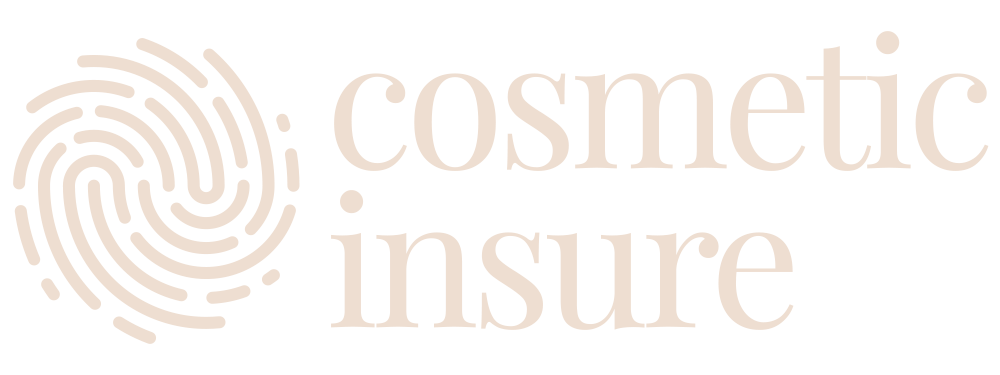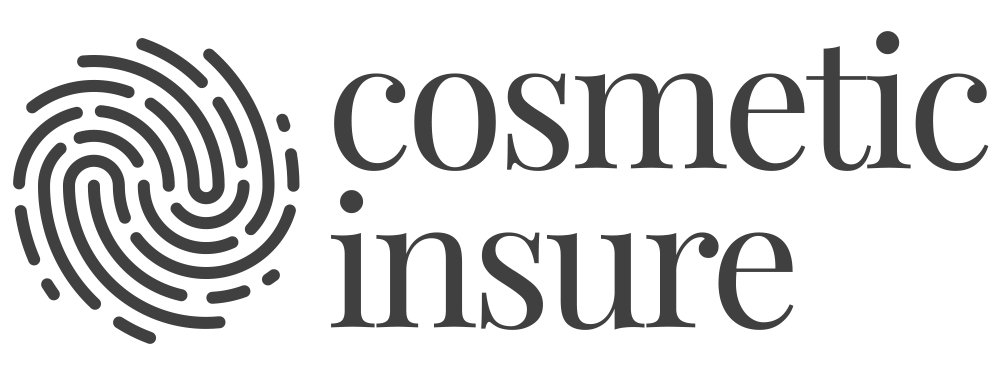INSURANCE
Future-proof your business with Cosmetic Insure
With aesthetic procedures becoming increasingly popular, the demand for high standards of care – and accountability – is greater than ever.
Running a cosmetic clinic is a rewarding but high-risk business. While your expertise transforms lives, the reality is that even minor complications can have far-reaching consequences, from legal battles to reputational damage.
This guide will help you understand how partnering with a specialist insurance broker like Cosmetic Insure can protect your clinic, your staff and your reputation.
The Growing Risk in the Cosmetic Industry
Building strong client relationships starts with active listening. To understand their needs and effectively manage expectations, it’s crucial to listen and comprehend how your patients feel and what they expect. As a practitioner, it’s your responsibility to provide honest and realistic explanations about the potential outcomes.
- Rise in claims: Aesthetic negligence claims have surged by over 40% in the past five years, as clients become more aware of their rights.
- Complex treatments: Advanced procedures such as laser resurfacing and PDO threads carry higher risks, making medical malpractice cosmetic insurance more critical than ever.
- Regulation changes: As the UK tightens its regulatory standards for cosmetic procedures, clinics are under pressure to prove compliance and accountability.
Understanding these risks is essential for any clinic owner looking to protect their business.

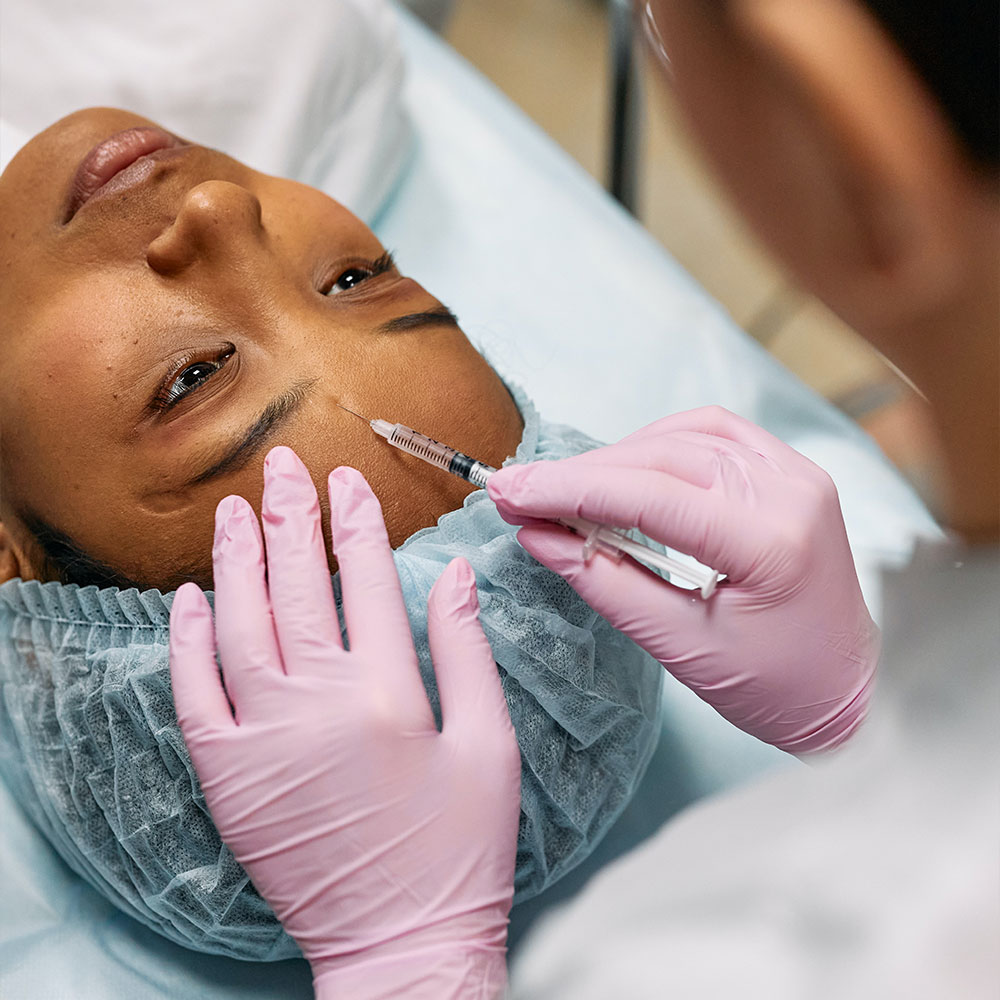
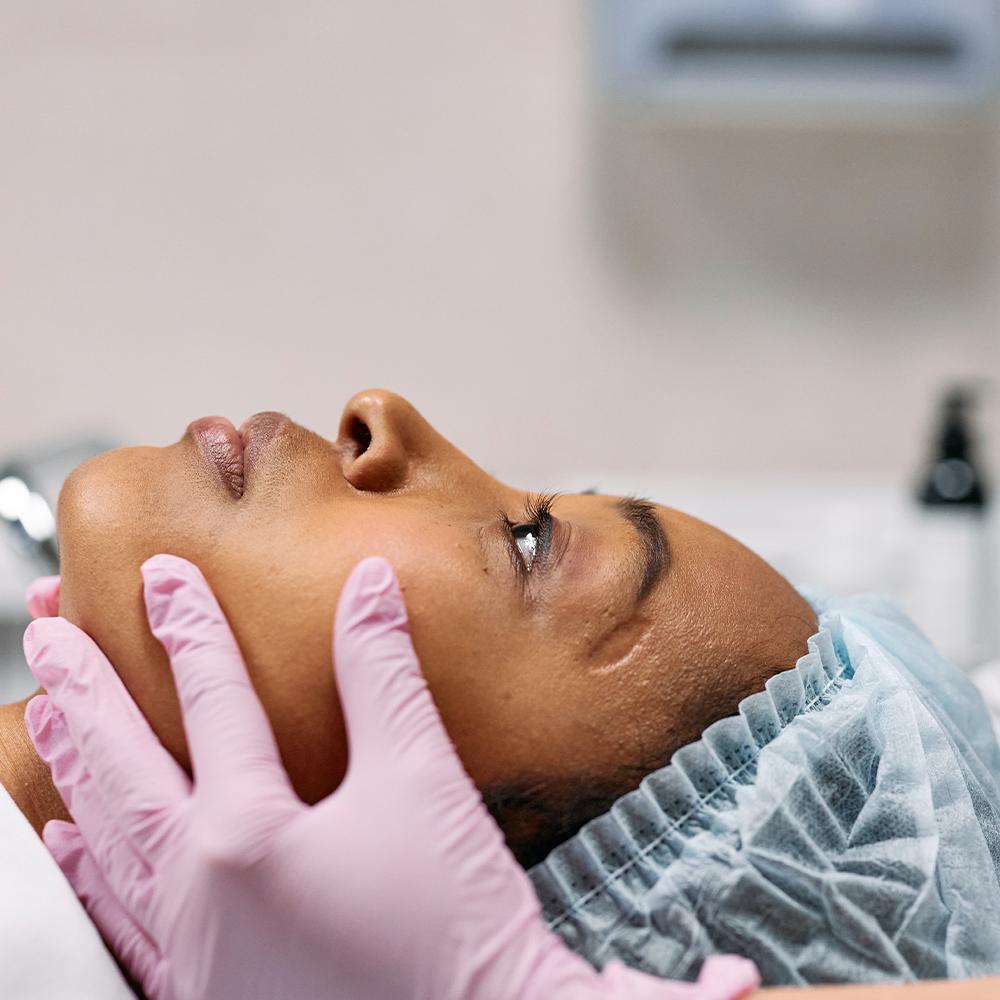
Key Reasons Clinics Requires Insurance
Legal protection: Medical malpractice claims can arise whether or not you’re at fault. Allegations of negligence, improper advice or incorrect procedures must be defended and this requires significant legal support.
Financial stability: The costs of defending claims, paying settlements, or compensating patients can run into thousands – if not millions – of pounds. Without insurance, your clinic could be left financially vulnerable.
Reputation management: Handling claims promptly and professionally is key to maintaining your clinic’s reputation. Insurance ensures these matters are dealt with efficiently, minimising disruption to your business.
Vicarious liability: Your clinic can be held liable for the actions of its employees, contractors or anyone acting on its behalf. Even if individual practitioners have their own policies, gaps in their coverage can leave your clinic exposed.
Understanding Key Types of Insurance for Clinics
1. Medical malpractice insurance
This is the backbone of any clinic’s risk management strategy. It protects against claims of negligence, errors or omissions during patient care.
What it covers:
- Errors during treatments (e.g., filler administration resulting in facial scarring)
- Misdiagnoses or improper aftercare instructions
- Allergic reactions to products
- Legal defence costs, settlements and compensation
Case study:
An aesthetician administered a dermal filler treatment, but unfortunately, the client experienced severe facial swelling and bruising due to improper injection technique. Despite following all pre-treatment protocols, the client filed a claim for negligence. Thanks to the clinic’s medical malpractice insurance, the legal defence costs and compensation were covered, saving the clinic from significant financial strain.
2. Vicarious liability insurance / Entity cover
Even if your individual practitioners have their own policies, your clinic could still be held accountable for their actions under vicarious liability. We can arrange entity cover for your clinic, provided you inform us of all practitioners who hold their own insurance and the treatments they carry out. This ensures that we can accurately include them in our policy, offering comprehensive protection for your clinic.
What it covers:
- Coverage for staff errors: Protects the clinic if an employee or contractor is responsible for harm to a patient
- Policy gaps: Provides financial backup if an individual practitioner’s policy is insufficient or doesn’t respond
Case study:
A temporary practitioner working at the clinic failed to follow post-procedure sterilisation protocols, leading to a patient developing an infection. Although the practitioner had personal insurance, it didn’t cover the full compensation amount. Vicarious liability insurance ensured the clinic could cover the shortfall and maintain its reputation.
3. Clinic and Surgery insurance
Your clinic’s physical assets are essential to day-to-day operations. From your building to the medical devices you rely on, protecting these ensures you can recover quickly from unexpected disruptions.
What it covers:
- Buildings: Damage caused by fire, flooding, or vandalism
- Contents: Furniture, IT equipment and medical devices
- Loss of refrigerated stock: Protects high-value stock such as injectables stored in temperature-controlled environments
- Business interruption: Provides vital financial support by covering lost income from cancelled appointments and treatments if your clinic has to close temporarily due to an insured disaster, such as fire, flood or other unforeseen events. This ensures your business can remain financially stable while you recover and resume operations
Case study:
A clinic’s refrigeration unit failed overnight, resulting in the loss of several thousand pounds worth of botulinum toxin and dermal fillers. With loss of refrigerated stock coverage, the clinic quickly replaced the products without financial strain, minimising downtime and patient inconvenience.
4. Employers’ liability insurance
If you employ staff, this insurance is a legal requirement in the UK. It covers claims from employees injured or falling ill due to work-related activities.
What it covers:
- Workplace injuries: An employee slipping in the treatment room or developing repetitive strain injuries
- Illnesses linked to work: Allergic reactions to chemicals used in the clinic
- Legal costs and compensation: Covers costs if an employee sues for negligence
Case study:
A nurse at a cosmetic clinic slipped on a wet floor in the treatment area, sustaining a back injury. She filed a claim against the clinic for failing to provide a safe work environment. Employers’ liability insurance covered her compensation and the associated legal expenses.
5. Public and products liability insurance
This policy protects against claims made by clients or third parties for injuries or damage caused by your clinic or the products you use or sell.
What it covers:
- Client injuries: For example, a patient trips and falls on the clinic’s premises
- Faulty products: Adverse reactions to skincare products or treatments provided by the clinic
- Third-party property damage: Accidental damage to a client’s belongings during a procedure
Case study:
A patient purchased a skincare product from the clinic and experienced a severe rash due to an undisclosed allergen in the product. The patient sued for damages, including medical expenses and compensation for emotional distress. Public and product liability insurance covered the legal defence and settlement costs, protecting the clinic from financial losses.
Why Individual Policies Aren’t Enough
While individual practitioners often carry their own malpractice insurance, clinics themselves need additional coverage to account for gaps in these policies. For example:
Aggregate policy limits: Practitioners’ policies may have low payout limits that fail to cover a claim fully
Clinic accountability: Clients often sue the clinic directly rather than individual staff
Broader scope of risks: Clinics face risks beyond malpractice, such as property damage or loss of income
Best Practices for Risk Management in Cosmetic Clinics
While insurance provides a safety net, prevention is always better than cure. Here are some strategies to minimise your risks:
Comprehensive client consent – Ensure clients fully understand the risks and potential outcomes of treatments by using detailed consent forms.
Maintain accurate records – Keep detailed documentation of all consultations, procedures and follow-ups to defend against claims effectively.
Regular staff training – Ongoing training ensures staff are updated on the latest techniques, safety protocols and regulations.
Routine equipment maintenance – Schedule regular checks and servicing for all medical devices to prevent breakdowns or malfunctions.
Follow regulatory standards – Stay informed about changes in the cosmetic industry’s legal landscape to ensure compliance.
Follow regulatory standards – Stay informed about changes in the cosmetic industry’s legal landscape to ensure compliance.
How Cosmetic Insure Supports Hundreds of Clinics
Partnering with a specialist insurance broker like Cosmetic Insure means more than just having an insurance policy. It’s about having access to industry experts who understand your challenges and can offer tailored solutions.
Competitive pricing: Our policies provide extensive coverage at competitive rates, helping you balance protection and affordability
Industry expertise: We specialise in insurance for cosmetic clinics, understanding the unique risks and challenges you face
Comprehensive policies: Cover everything from malpractice to equipment and buildings
Specialist claims support: Dedicated legal experts to guide you through the claims process
Free risk management advice: Helping you implement strategies to reduce your exposure to claims
With advancements in technology and increasing client expectations, the cosmetic industry will continue to evolve. To thrive in this environment, clinics must prioritise risk management and financial protection.
By partnering with Cosmetic Insure, you’re not just buying insurance – you’re investing in the future of your clinic. Let us handle the risks so you can focus on delivering exceptional care to your clients.
Contact us today to learn more about how we can help your clinic thrive, no matter what challenges come your way.
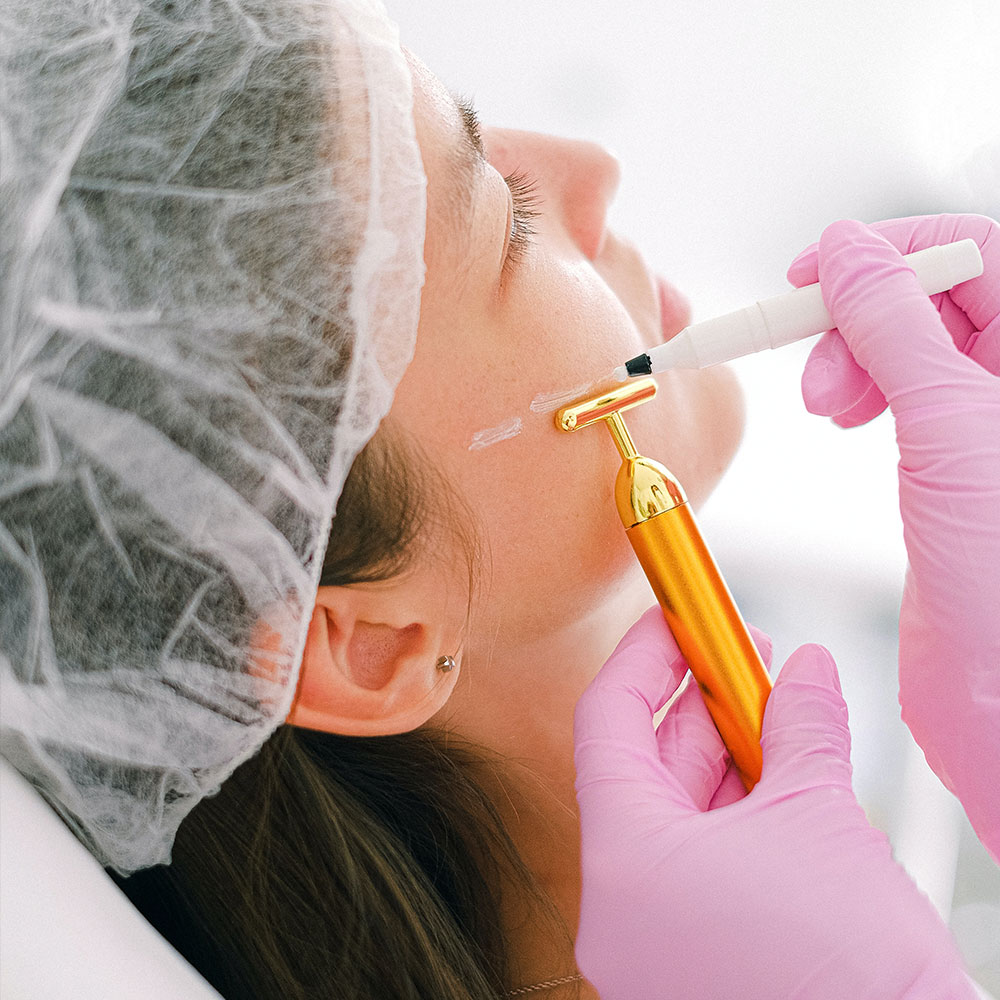

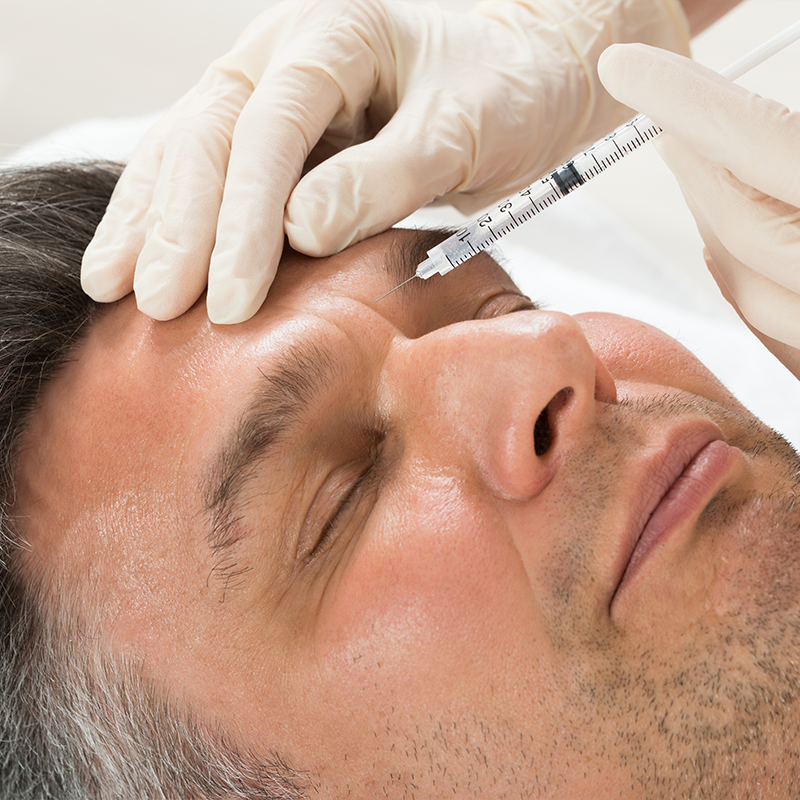
Share This Story, Choose Your Platform!




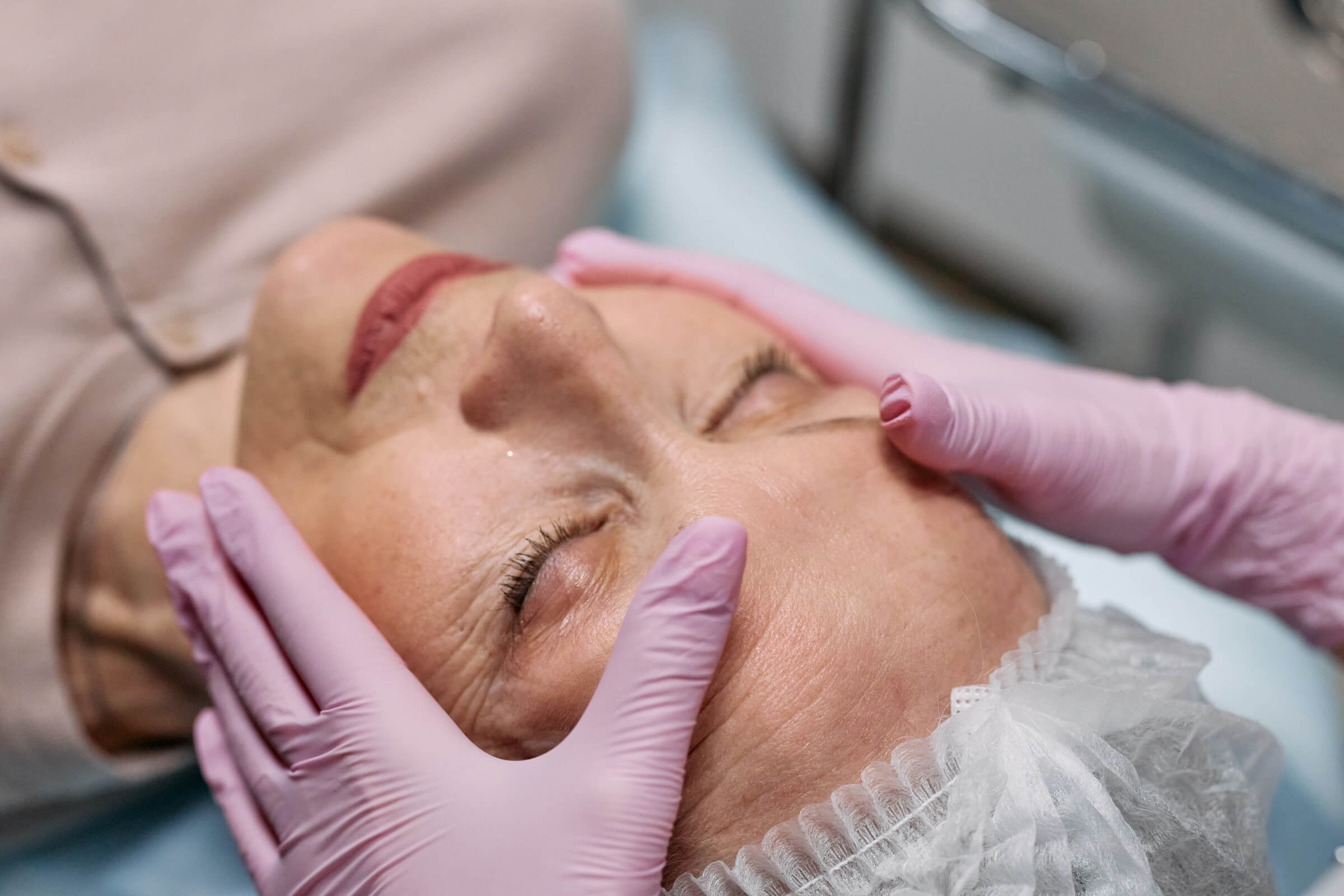
Cosmetic Insure Disclaimer
All the information provided in our Cosmetic Insure Treatment Guides and blog articles serves as a valuable reference and informational resource. Our intention is to offer insights that assist you in making informed choices when exploring the extensive array of non-surgical aesthetic treatments available.
Please note that this information does not constitute medical advice. Any reliance you place on the content found within the Cosmetic Insure Treatment Guides, Cosmetic Insure blog articles, or on any part of cosmeticinsure.com is done so entirely at your own discretion.
Prior to considering any non-surgical cosmetic treatment mentioned anywhere on cosmeticinsure.com, we strongly recommend that you engage in thorough consultation with a duly qualified and accredited practitioner who possesses the proper training and comprehensive insurance coverage for the specific treatment you are interested in. Neither the author of the guides or blog articles, nor the practitioner who has verified these guides, nor Cosmetic Insure, can be held responsible or liable for any loss or claims resulting from the use or misuse of cosmeticinsure.com’s content. Your safety and well-being are our utmost concern.

